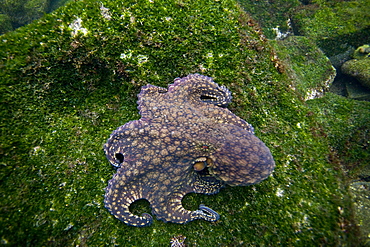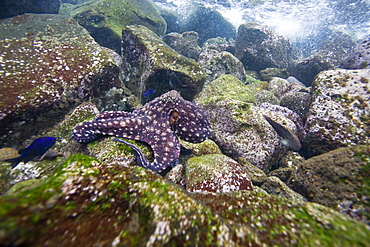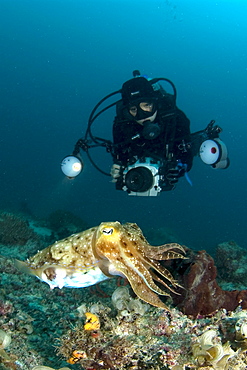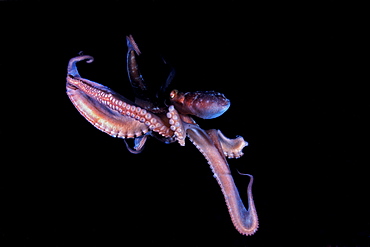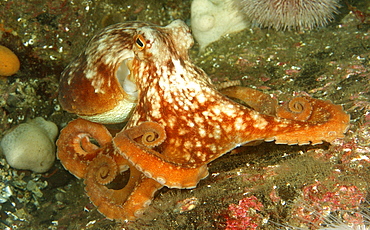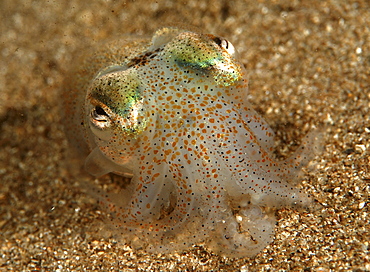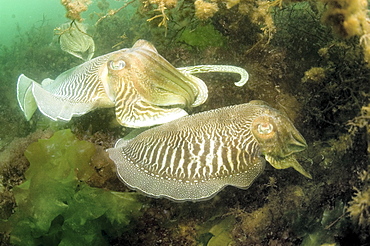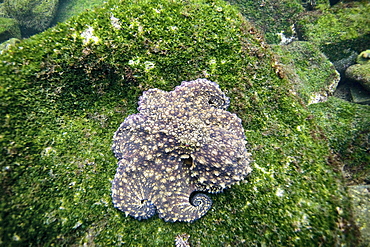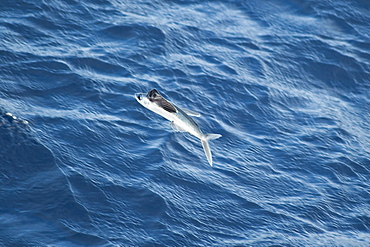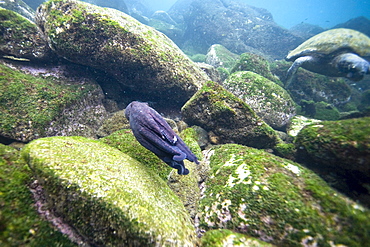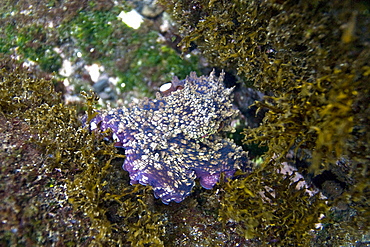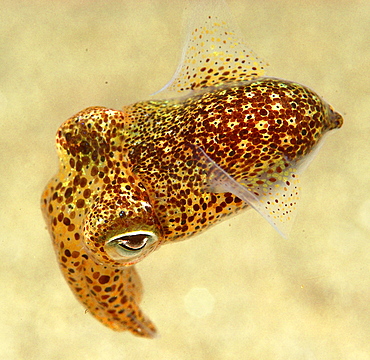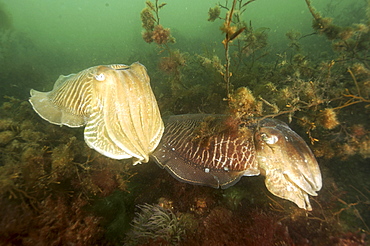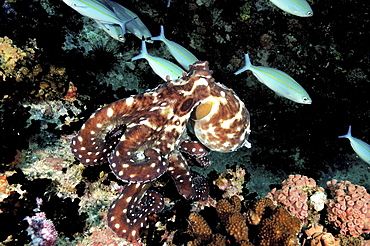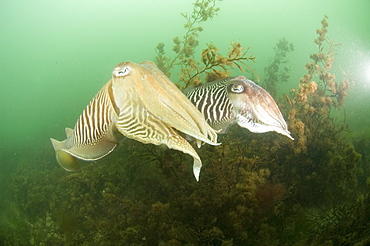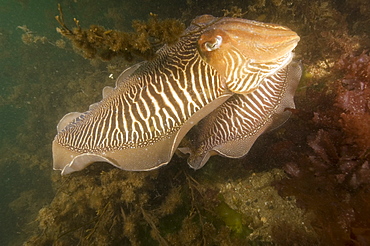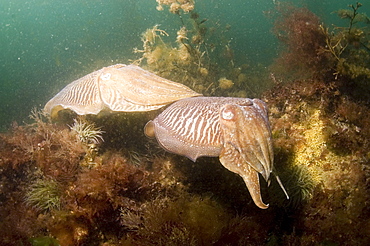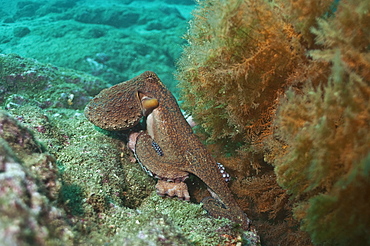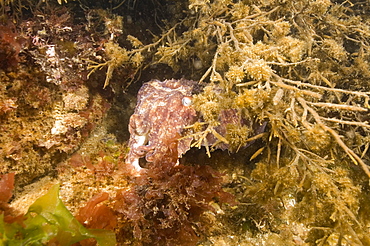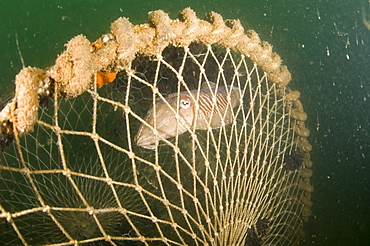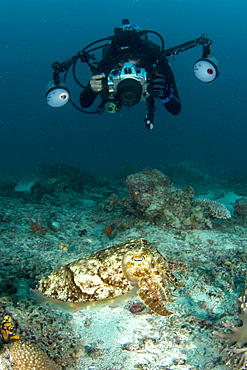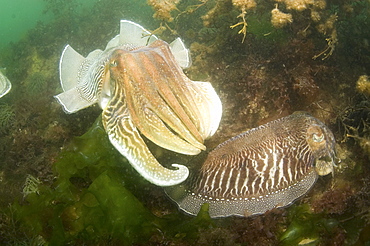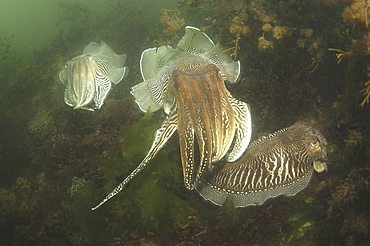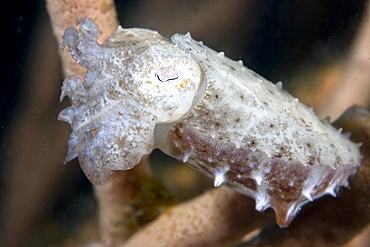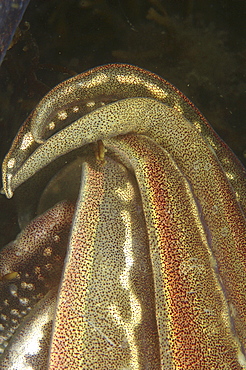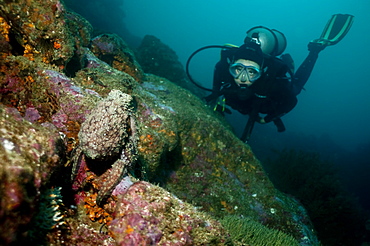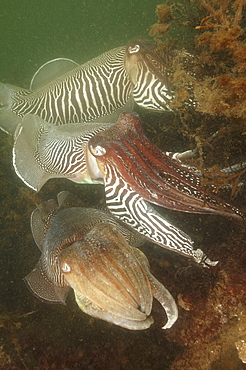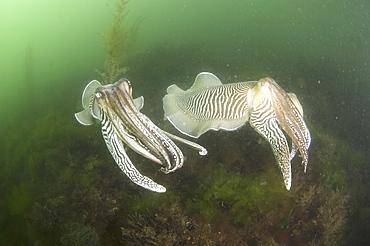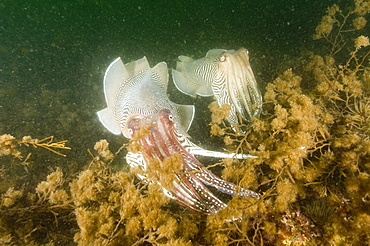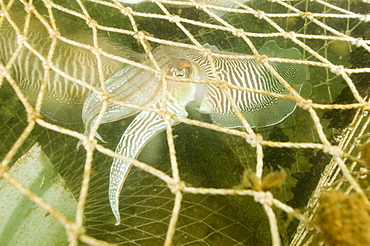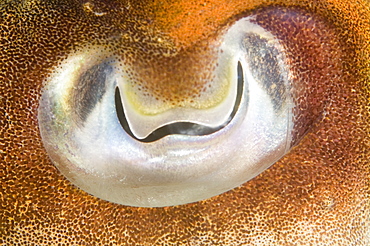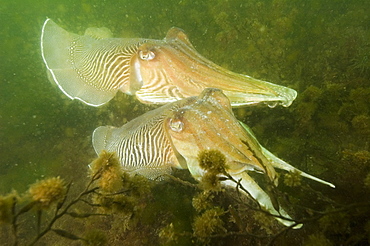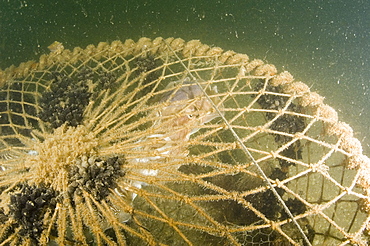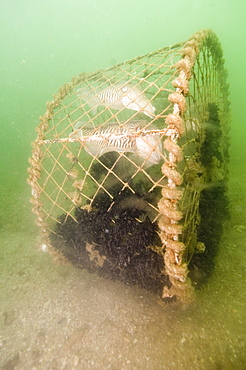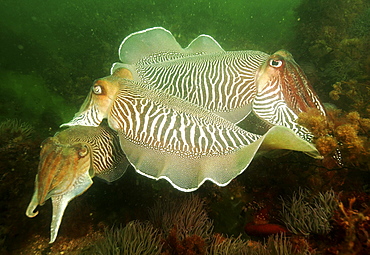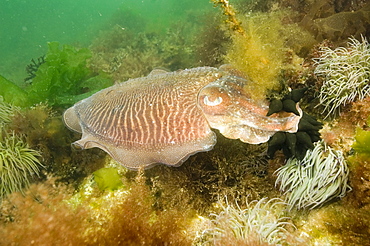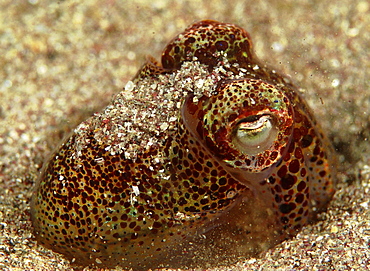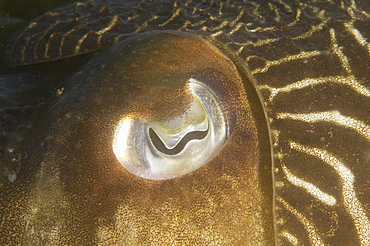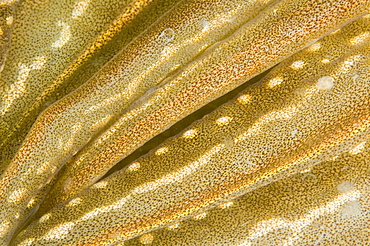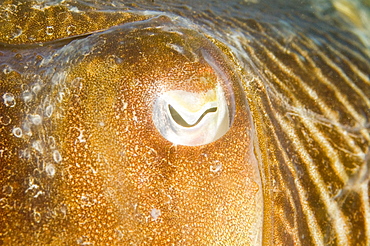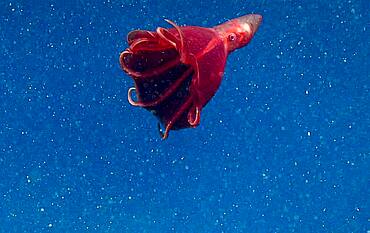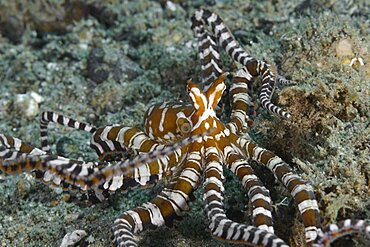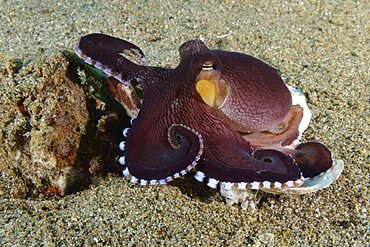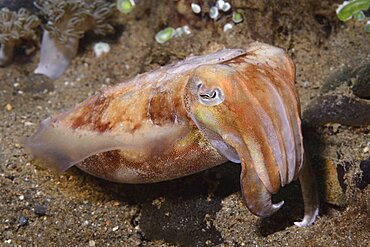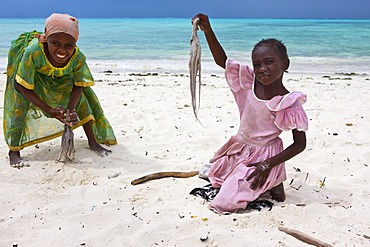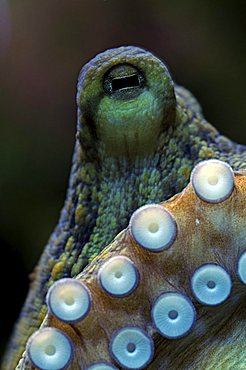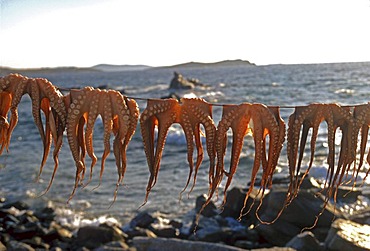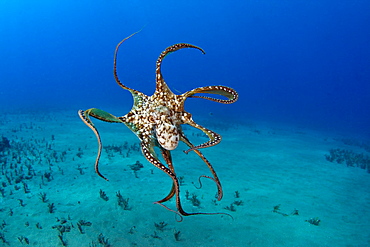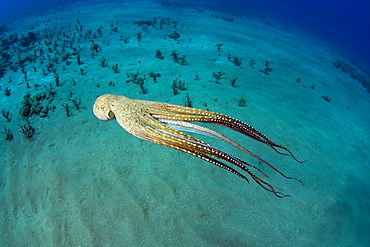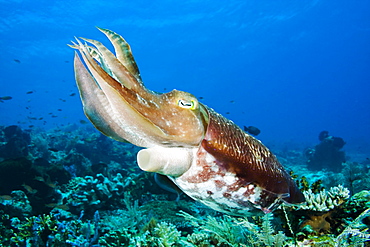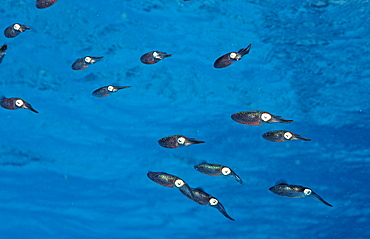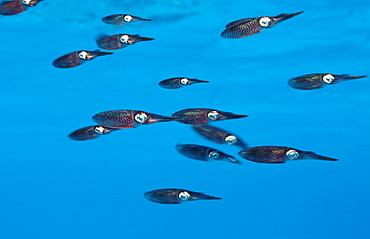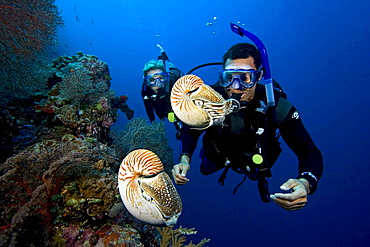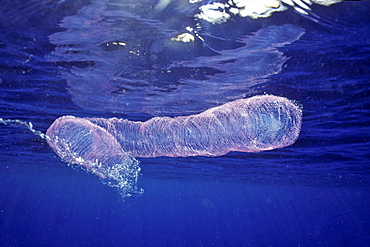Results
5 results found
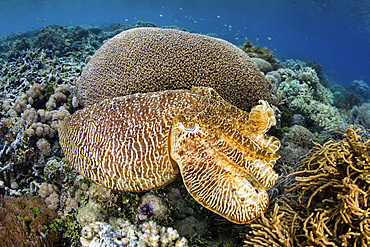
A broadclub cuttlefish (Sepia latimanus) uses camouflage to blend into a shallow coral reef in Raja Ampat, Indonesia. This remote region is known as the heart of the Coral Triangle due to its extraordinary marine biodiversity.

An argonaut (Genus Argonauta), a group of pelagic octopuses. Baja California, Sea of Cortez, Mexico, North America

Freshly-caught squid, encornets frais, on sale at food market at Sauveterre- de-Guyenne, Bordeaux, France
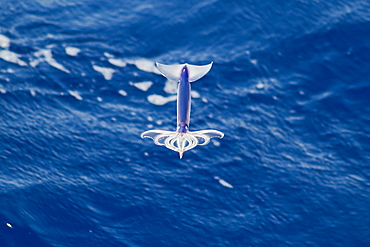
Flying Squid Species in mid-air, roughly 100 nm North of Tristan Da Cunha, South Atlantic Ocean. Flying Squid use membranes between their tentacles (visible on pic) & two fins at the rear of the mantle to glide through the air in a similar way to flying fish.

Flying Squid Species in mid-air (Ommastrephes bartramii). Extremely rare unusual image. South Atlantic Ocean. MORE INFO: Flying Squid use membranes between their tentacles (visible on pic) & two fins at the rear of the mantle to glide through the air in a similar way to flying fish. These unique adaptations allow them to avoid predation more easily. Ommastrephid squids are among the strongest swimmers in the Cephalopoda. A number of species are fished commercially. This particular species (Ommastrephes bartramii), is commonly known as "Neon Flying Squid" due to its colouration and its ability to glide over the ocean surface as seen in the photographs. Please note that this is a genuine image of a wild animal in its natural environment. It is not a digital manipulation.
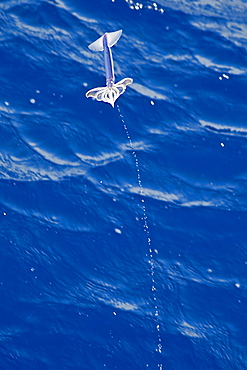
Flying Squid Species in mid-air leaving a water trail behind it, roughly 100 nm North of Tristan Da Cunha, South Atlantic Ocean. Flying Squid use membranes between their tentacles (visible on pic) & two fins at the rear of the mantle to glide through the air in a similar way to flying fish.
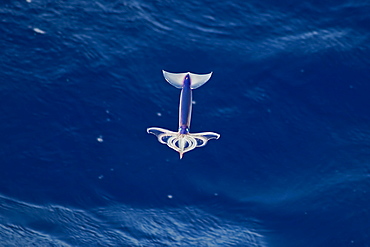
Flying Squid Species in mid-air, roughly 100 nm North of Tristan Da Cunha, South Atlantic Ocean. Flying Squid use membranes between their tentacles (visible on pic) & two fins at the rear of the mantle to glide through the air in a similar way to flying fish.
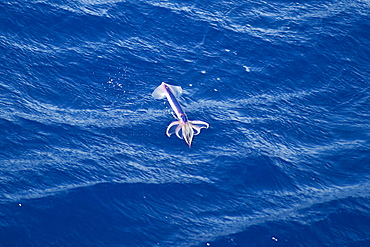
Flying Squid Species in mid-air, roughly 100 nm North of Tristan Da Cunha, South Atlantic Ocean. Flying Squid use membranes between their tentacles (visible on pic) & two fins at the rear of the mantle to glide through the air in a similar way to flying fish.
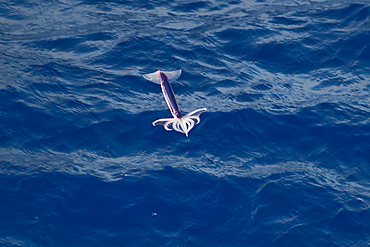
Flying Squid Species in mid-air (Ommastrephes bartramii). Extremely rare unusual image. South Atlantic Ocean. MORE INFO: Flying Squid use membranes between their tentacles (visible on pic) & two fins at the rear of the mantle to glide through the air in a similar way to flying fish. These unique adaptations allow them to avoid predation more easily. Ommastrephid squids are among the strongest swimmers in the Cephalopoda. A number of species are fished commercially. This particular species (Ommastrephes bartramii), is commonly known as "Neon Flying Squid" due to its colouration and its ability to glide over the ocean surface as seen in the photographs. Please note that this is a genuine image of a wild animal in its natural environment. It is not a digital manipulation.
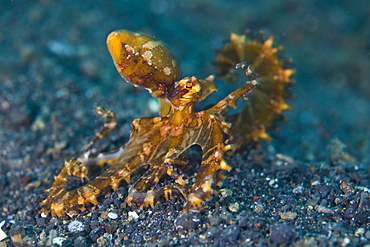
Wunderpus octopus, Wunderpus photogenicus. This rare species of octopus is sometimes found in sandy burrows on shallow slopes in the Coral Triangle. Lembeh Strait, North Sulawesi, Indonesia, Pacfic Ocean.
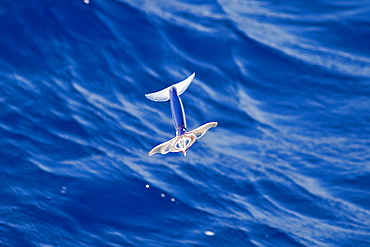
Flying Squid Species in mid-air, roughly 100 nm North of Tristan Da Cunha, South Atlantic Ocean. Flying Squid use membranes between their tentacles (visible on pic) & two fins at the rear of the mantle to glide through the air in a similar way to flying fish.
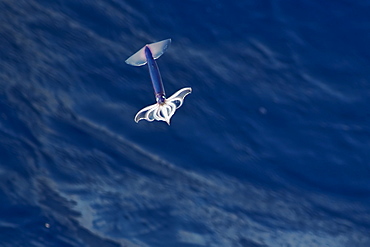
Flying Squid Species in mid-air (Ommastrephes bartramii). Extremely rare unusual image. South Atlantic Ocean. MORE INFO: Flying Squid use membranes between their tentacles (visible on pic) & two fins at the rear of the mantle to glide through the air in a similar way to flying fish. These unique adaptations allow them to avoid predation more easily. Ommastrephid squids are among the strongest swimmers in the Cephalopoda. A number of species are fished commercially. This particular species (Ommastrephes bartramii), is commonly known as "Neon Flying Squid" due to its colouration and its ability to glide over the ocean surface as seen in the photographs. Please note that this is a genuine image of a wild animal in its natural environment. It is not a digital manipulation.
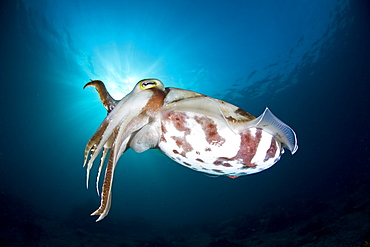
Broadclub cuttlefish, Sepia latimanus. This cephalopod species is highly adept at both color and texture change. Buyat Bay, North Sulawesi, Indonesia, Pacific Ocean.
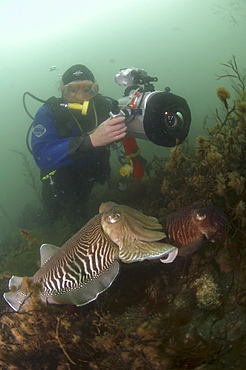
Cuttlefish (Sepia officinalis) Two in courtship/mating, being filmed by diver.
Babbacombe, Torquay, South Devon, UK
(RR)
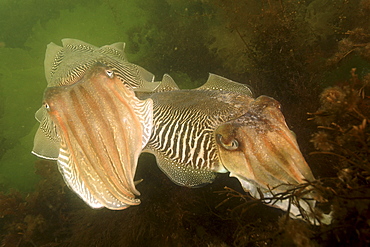
Cuttlefish (Sepia officinalis) Two feeding.
Babbacombe, Torquay, South Devon, UK
Restricted resolution (Please contact us). (RR)
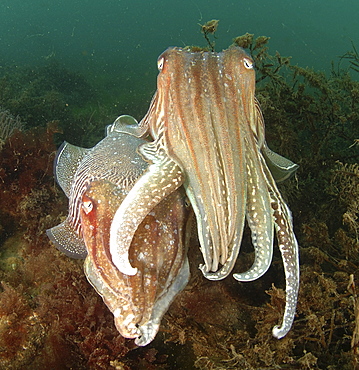
Common Cuttlefish (Sepia officinalis). Pair amongst seaweed, on seabed.
Babbacombe, Torquay, South Devon, UK.

Cuttlefish (Sepia officinalis) Two mating head to head within minutes of first encounter. Babbacombe, Torquay, South Devon, UK
(RR)
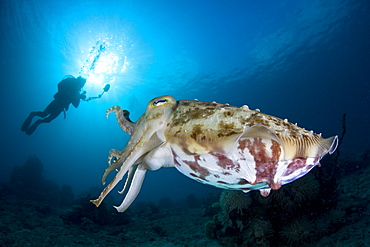
Broadclub cuttlefish, Sepia latimanus, and diver. This species of cephalopod is highly adept at both color and texture change. Buyat Bay, North Sulawesi, Indonesia, Pacific Ocean.
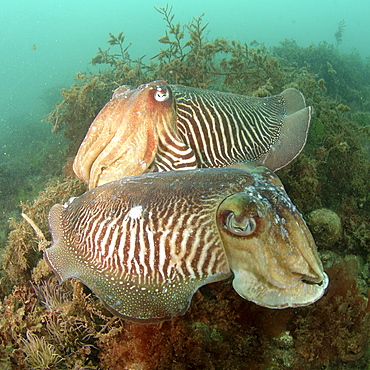
Common Cuttlefish (Sepia officinalis). Pair amongst seaweed, on seabed.
Babbacombe, Torquay, South Devon, UK.
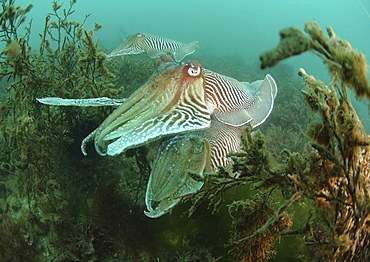
Common Cuttlefish (Sepia officinalis).
Group swimming through seaweed.
Babbacombe, Torquay, South Devon, UK.

Common Cuttlefish (Sepia officinalis). Group swimming through seaweed.
Babbacombe, Torquay, South Devon, UK.
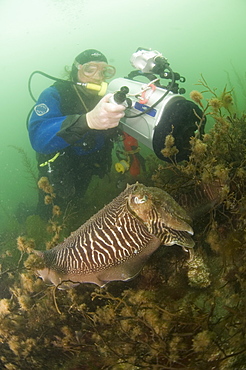
Cuttlefish (Sepia officinalis) Two in courtship/mating, being filmed by diver.
Babbacombe, Torquay, South Devon, UK
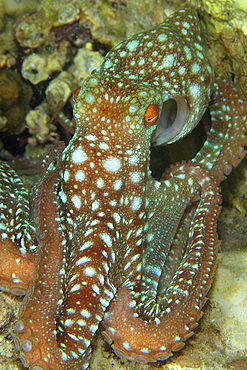
Starry night octopus, Octopus luteus, foraging on coral reef at night, Malapascua, Cebu, Philippines, Visayan Sea.

Close up of the eggs of a common octopus (Octopus vulgaris) in an advanced state of maturation; the eyes of the small octopuses can already be seen. The mother takes care of the eggs, protecting and aerating them without stopping, not eating anymore after laying them, and dying immediately after hatching.
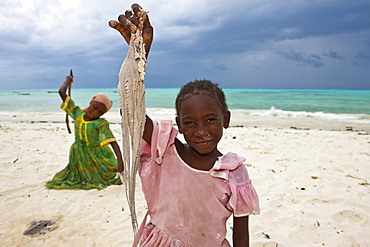
Children beating an octopus with sticks in order to make it edible, Jambiani, Zanzibar, Tanzania, Africa
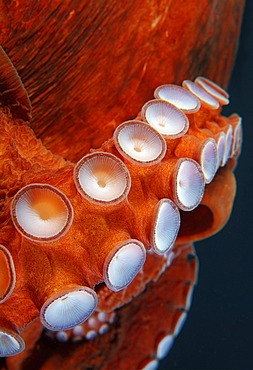
Suckers of Giant Pacific octopus or North Pacific giant octopus (Enteroctopus dofleini), Japan Sea, Primorsky Krai, Russian Federation
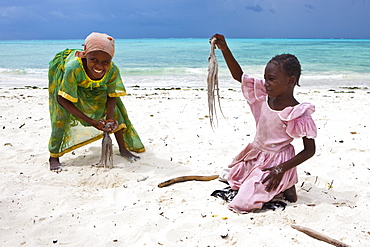
Children beating an octopus with sticks in order to make it edible, Jambiani, Zanzibar, Tanzania, Africa
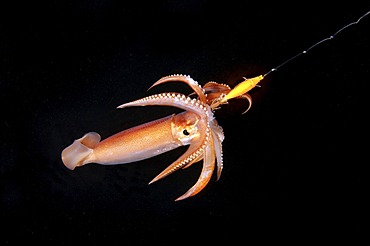
Night fishing on a squid, Japanese common squid or Japanese flying squid (Todarodes pacificus), Japan sea, Far East, Primorsky Krai, Russia
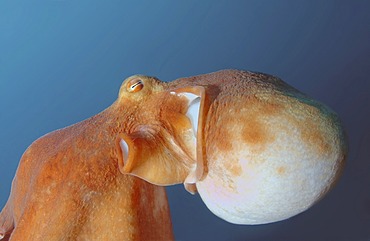
Giant Pacific octopus or North Pacific giant octopus (Enteroctopus dofleini), Japan Sea, Primorsky Krai, Russian Federation
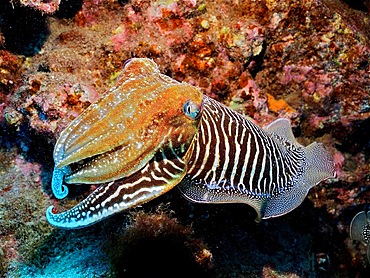
Common cuttlefish (Sepia officinalis), El Cabron marine reserve dive site, Arinaga, Gran Canaria, Spain, Atlantic Ocean, Europe
